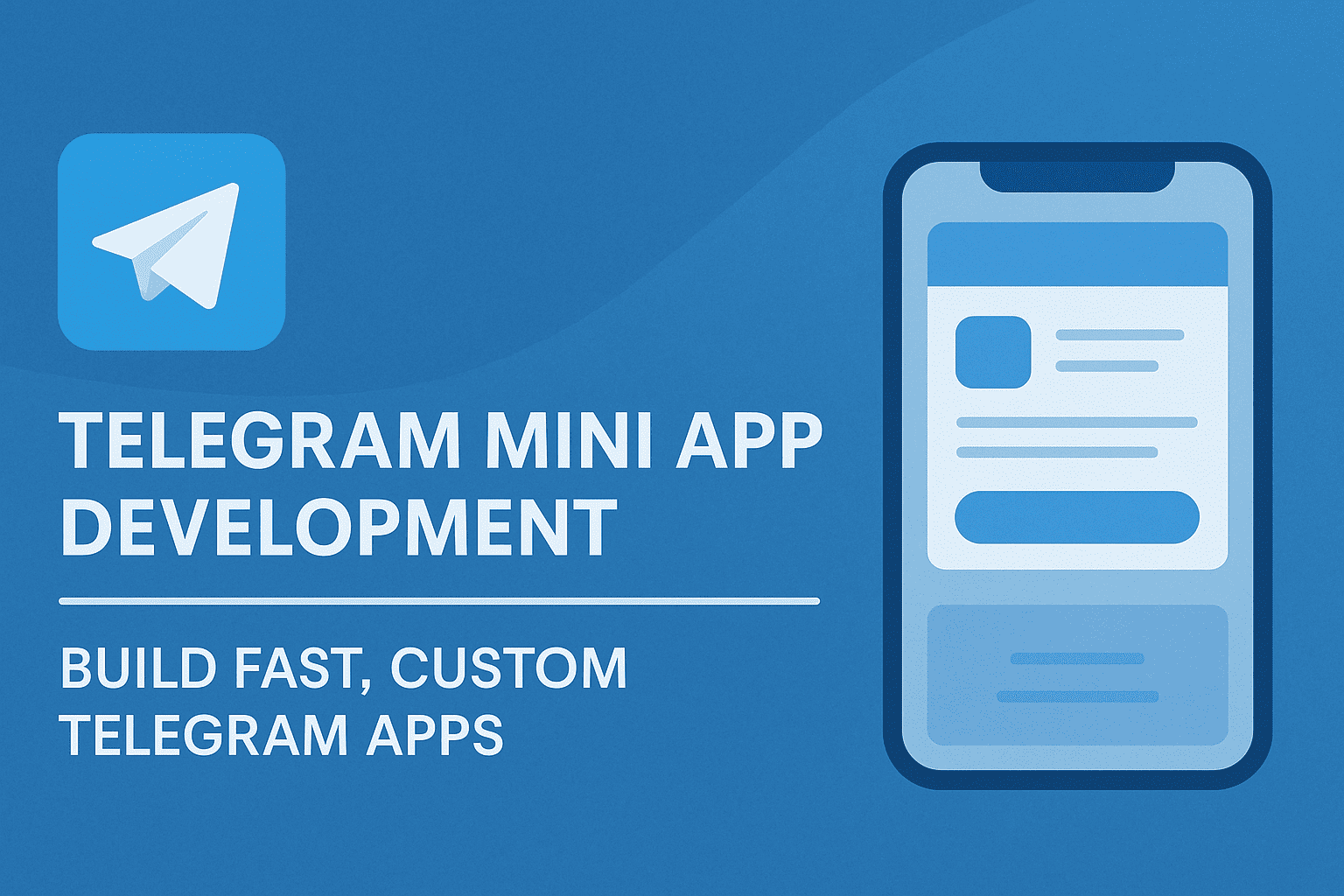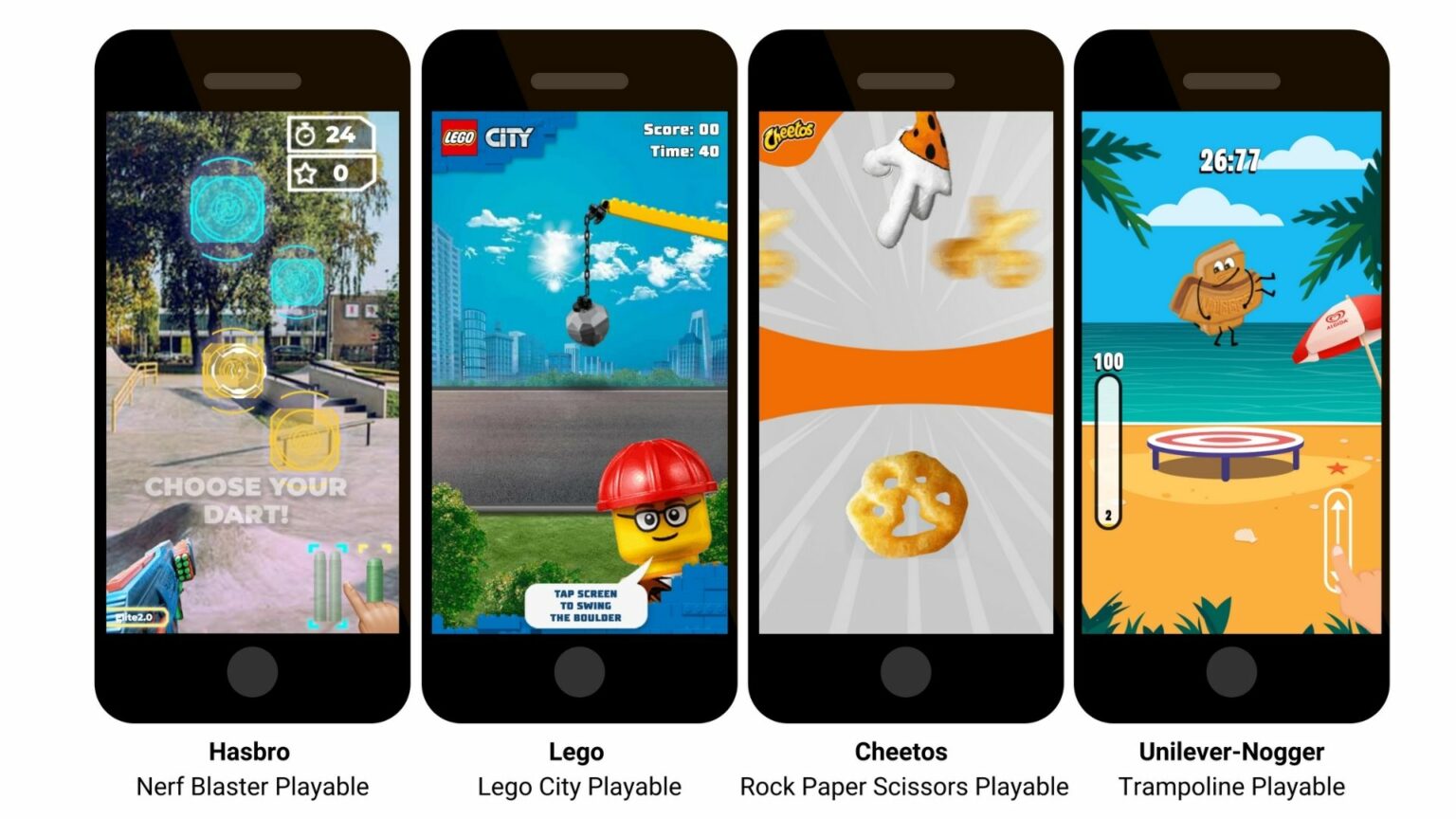Hyper casual game development has taken the mobile gaming industry by storm, captivating players with addictive gameplay experiences. In this article, we’ll explore the world of hyper casual game development, including the full-cycle process and the role of gamification services.
Hyper casual games are known for their simple mechanics and addictive nature, appealing to a wide audience of players seeking quick and enjoyable gaming sessions. To create these engaging experiences, developers employ a full-cycle approach, covering ideation, prototyping, playtesting, development, and deployment.
Gamification services play a crucial role in enhancing user engagement and retention within hyper casual games. These services include features like leaderboards, achievements, rewards, and social interactions, keeping players hooked and coming back for more.
At eJaw, we specialize in providing tailored gamification services for hyper casual games. Our team of professionals offers a range of services, from designing engaging progression systems to implementing social features, all aimed at maximizing user engagement and creating unforgettable gaming experiences.
In the following sections, we’ll delve into the intricacies of hyper casual game development, exploring the full-cycle approach and the gamification services we provide. By the end of this article, you’ll have valuable insights and strategies to create addictive mobile games that leave players craving for more. Let’s dive into the world of hyper casual game development!
Understanding Hyper Casual Game Development
Hyper casual game development is a dynamic field within the mobile gaming industry that focuses on creating simple yet addictive games. In this section, we will explore the process of full-cycle hyper casual game development and the role of gamification services in enhancing player engagement.
Hyper casual games are known for their straightforward gameplay mechanics and quick play sessions. These games appeal to a broad audience, including both casual and avid gamers, due to their easy-to-learn nature and addictive gameplay. Developers in this space aim to create games that can be enjoyed in short bursts, making them perfect for filling idle moments or playing on the go.
To successfully develop hyper casual games, a full-cycle approach is often employed. This approach involves several stages, including concept ideation, prototyping, playtesting, development, and launch. Each stage is crucial in refining the game mechanics and ensuring that the final product delivers an engaging experience to players.
During the concept ideation phase, developers brainstorm and generate ideas for unique game concepts that have the potential to captivate players. The focus is on simplicity and creating a gameplay loop that is easy to understand, yet challenging enough to keep players hooked. Prototyping comes next, where developers create basic versions of the game to test its core mechanics and gather feedback.
Playtesting plays a vital role in the full-cycle hyper casual game development process. Developers recruit players to try out the game in its early stages and gather valuable insights on its strengths and weaknesses. This feedback is then used to iterate and refine the game mechanics, ensuring that the final product is as addictive and engaging as possible.
Once the core gameplay mechanics are solidified, the development phase begins. Skilled developers bring the game to life, focusing on optimizing performance, creating appealing visuals, and fine-tuning the gameplay experience. Throughout the development process, the goal is to strike a balance between simplicity and depth, providing players with a game that is easy to pick up but offers enough challenge and variety to keep them coming back for more.
Gamification services play a crucial role in hyper casual game development by enhancing player engagement. These services involve adding elements such as leaderboards, achievements, rewards, and social interactions to the game experience. By implementing these features, developers can create a sense of competition, provide incentives for progress, and foster a sense of community among players.
Gamification Services in Hyper Casual Game Development
Gamification services play a pivotal role in hyper casual game development, enhancing player engagement and creating a captivating gaming experience. In this section, we will explore the specific gamification services that can be employed to elevate hyper casual games. Here are some key services we provide:
- Leaderboards: Implementing leaderboards allows players to compete with others and see where they rank in terms of high scores or achievements. Leaderboards foster a sense of competition and drive players to improve their skills to climb up the ranks.
- Achievements: Including achievements provides players with specific goals and milestones to strive for within the game. By unlocking achievements, players can feel a sense of accomplishment and progression, motivating them to continue playing.
- Rewards and Unlockables: Introducing rewards and unlockables as players progress through the game adds excitement and a sense of anticipation. Whether it’s unlocking new levels, characters, or customization options, rewards provide tangible incentives for players to keep playing and exploring.
- Social Interactions: Integrating social features into the game allows players to connect and interact with friends or other players. This can include features such as friend leaderboards, in-game messaging, or the ability to challenge friends. Social interactions foster a sense of community and friendly competition.
- Daily Challenges and Events: Incorporating daily challenges or time-limited events adds variety and freshness to the gameplay experience. By offering unique and time-sensitive objectives, players are encouraged to return to the game regularly to participate and earn special rewards.
- Progression Systems: Designing a well-balanced progression system ensures that players feel a sense of growth and advancement as they play. This can include experience points, leveling up, or unlocking new abilities. A well-designed progression system keeps players engaged and motivated to continue playing.
- In-Game Currency and Monetization: Implementing an in-game currency system allows players to earn or purchase virtual currency that can be used to unlock items or enhance gameplay. Careful consideration must be given to strike a balance between monetization and providing a fair and enjoyable experience for players.
Core Gameplay Mechanics
Simple and intuitive gameplay mechanics are key to the success of hyper casual games. In this section, we will explore the significance of these mechanics, discuss popular gameplay mechanics commonly found in successful hyper casual games, and provide examples of games that have effectively utilized specific mechanics.
Significance of Simple, Intuitive Gameplay Mechanics
Hyper casual games are designed to be easy to learn and quick to play, appealing to a wide audience. Simple gameplay mechanics allow players to jump right into the game without the need for complex instructions or tutorials. Intuitive mechanics ensure that players can easily understand and interact with the game, creating a seamless and enjoyable experience. These simple and intuitive mechanics are crucial in attracting and retaining players in hyper casual games.
Popular Gameplay Mechanics in Hyper Casual Games
- a) One-Tap/Tap-and-Hold: This mechanic involves a single tap or tap-and-hold interaction to perform actions such as jumping, shooting, or avoiding obstacles. It provides a straightforward and accessible gameplay experience. Examples of games utilizing this mechanic include “Flappy Bird” and “Color Switch.”
- b) Swipe Controls: Swipe controls involve swiping gestures on the screen to control characters or objects. This mechanic is commonly used in games like “Fruit Ninja” and “Dune!” where players swipe to slice fruits or control the trajectory of an object.
- c) Drag and Release: Players use their fingers to drag objects and release them to trigger actions or interactions. Games like “Angry Birds” and “Pocket Pool” utilize this mechanic, where players pull back and release to launch projectiles or hit balls.
- d) Endless Runner: In this mechanic, players control a character that runs continuously, and the objective is to avoid obstacles and achieve the highest possible score. Games like “Temple Run” and “Subway Surfers” are popular examples of endless runner games.
Examples of Effective Gameplay Mechanics in Hyper Casual Games
- a) “Crossy Road”: This game combines the tap-and-swipe mechanics, where players tap to move a character across a road while avoiding obstacles. The simple yet addictive gameplay made it a huge success.
- b) “Stack”: This game features a tap-and-hold mechanic, where players tap to stack blocks on top of each other. The objective is to create the tallest tower possible. It demonstrates the appeal of straightforward mechanics and addictive gameplay.
- c) “Helix Jump”: This game utilizes swipe controls, where players swipe left or right to rotate a tower structure, guiding a bouncing ball through gaps. The intuitive swipe mechanic and challenging gameplay contributed to its popularity.
Designing Compelling Game Concepts
Having a unique and compelling game concept is vital for standing out in the hyper casual game market. In this section, we will explore the importance of such concepts, provide tips for brainstorming and refining game ideas, and discuss the significance of prototyping and playtesting to validate and iterate upon game concepts.
Importance of Unique and Compelling Game Concepts
In a saturated market, a standout game concept is essential for capturing players’ attention and differentiating your game from competitors. A unique and compelling concept creates curiosity and intrigue, drawing players in and increasing the chances of them trying out your game. It sets the foundation for an engaging and memorable gameplay experience.
Tips for Brainstorming and Refining Game Ideas
- a) Find inspiration: Explore various sources of inspiration, such as existing games, real-life experiences, puzzles, or unique themes. Look for elements that resonate with you and have the potential to captivate players.
- b) Focus on simplicity: Aim for a simple and easy-to-understand core gameplay mechanic. Strip away unnecessary complexity and focus on creating a straightforward and addictive experience that can be enjoyed by a wide audience.
- c) Iterate and refine: Continuously iterate on your ideas and seek feedback. Refine your game concept by considering factors like player engagement, market trends, and the potential for replayability. Be open to constructive criticism and willing to make improvements.
Significance of Prototyping and Playtesting
- a) Prototyping: Create basic versions or prototypes of your game to test the core mechanics and interactions. Prototypes can be as simple as paper sketches or digital mock-ups. By prototyping, you can quickly visualize and evaluate the feasibility and potential fun factor of your game concept.
- b) Playtesting: Involve players in the early stages of development to gather feedback and insights. Observe how they interact with the game, identify pain points or areas of confusion, and note their overall enjoyment. Playtesting helps identify areas for improvement and guides the iteration process.
- c) Validate and iterate: Based on the feedback received during playtesting, iterate on your game concept, making necessary adjustments to enhance the gameplay experience. This iterative process helps validate your ideas and ensures that your game concept becomes more refined and appealing to players.
Streamlining Game Development Processes
Efficient development methodologies and workflows are crucial for successful hyper casual game development. In this section, we will explore these methodologies, discuss the benefits of rapid iteration and quick development cycles, and highlight the role of data-driven decision-making and analytics in optimizing game mechanics and monetization strategies.
Efficient Development Methodologies and Workflows
To streamline the game development process, consider adopting agile methodologies such as Scrum or Kanban. These methodologies emphasize iterative development, frequent communication, and incremental improvements. By breaking the development process into smaller tasks and setting achievable goals, teams can work more efficiently and respond to changes and feedback quickly.
Benefits of Rapid Iteration and Quick Development Cycles
- a) Faster Time-to-Market: Hyper casual games thrive on speed and timeliness. Rapid iteration and quick development cycles allow developers to release games faster, capitalizing on market trends and player demands.
- b) Player-Centric Approach: By iterating quickly, developers can gather player feedback and make necessary improvements promptly. This player-centric approach ensures that the game aligns with user preferences and increases the chances of creating a more engaging and enjoyable experience.
- c) Continuous Improvement: Rapid iteration cycles enable developers to continuously refine and polish game mechanics, graphics, and overall gameplay. Each iteration builds upon the previous one, resulting in an improved product over time.
Role of Data-Driven Decision-Making and Analytics
- a) Optimizing Game Mechanics: Utilizing data and analytics can help identify areas where players may struggle or lose interest. By analyzing player behavior, developers can optimize game mechanics, level design, and difficulty curves to create a more engaging and balanced experience.
- b) Monetization Strategies: Data-driven decision-making is essential for optimizing monetization strategies. By analyzing player spending patterns, engagement metrics, and in-game economy, developers can fine-tune pricing, ad placement, and reward systems to maximize revenue while maintaining a positive player experience.
- c) Performance Tracking: Analytics tools allow developers to monitor key performance indicators (KPIs) such as retention rates, session lengths, and conversion rates. This data helps identify areas for improvement and informs decision-making throughout the development process.
Conclusion
In the fast-paced world of hyper casual game development, streamlining processes and adopting efficient methodologies is essential for success. By embracing rapid iteration, quick development cycles, and data-driven decision-making, developers can create engaging games that stand out in the market.
Efficient development methodologies like Scrum or Kanban enable teams to work more collaboratively and respond quickly to feedback and changes. Rapid iteration and quick development cycles offer benefits such as faster time-to-market, a player-centric approach, and continuous improvement. Additionally, data-driven decision-making and analytics play a crucial role in optimizing game mechanics and monetization strategies, leading to a more engaging player experience and improved revenue generation.
At eJaw, we understand the importance of streamlining game development processes for hyper casual games. Our team of experienced professionals, including developers and data analysts, can guide you through the development journey, ensuring efficiency and success.
Take the first step towards creating your hyper casual game by contacting us today. Let us help you bring your unique and compelling game concept to life, streamline your development processes, and optimize your game for maximum player engagement and monetization potential.
Contact us to start your hyper casual game development journey with eJaw!











